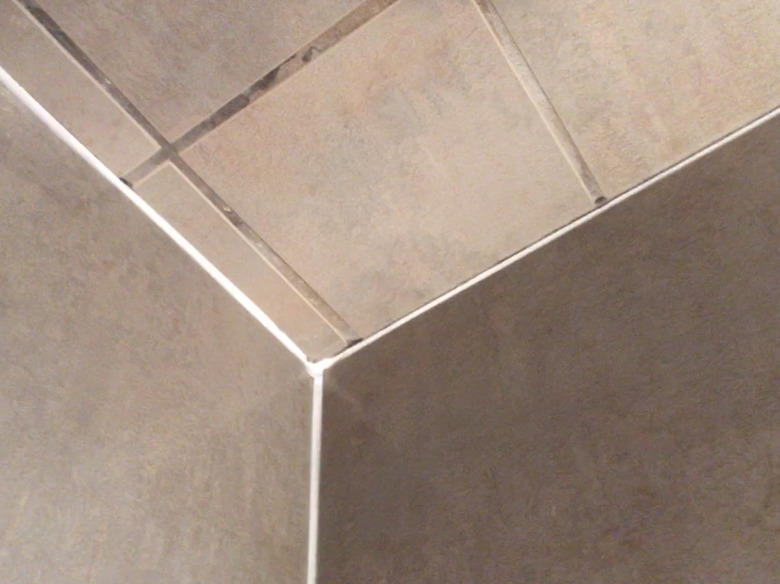How To Soften Old Caulk
Time for new caulk in your bathroom or kitchen? Softening the old caulk before you start scraping it away can make your job easier. Commercial products, such as DAP Caulk-Be-Gone or homemade solutions, gradually soften the rock-hard caulk for easier removal. It takes a few hours to soften the caulk, so you'll need a little patience.
Use Commercial Liquid Caulk Remover
Use Commercial Liquid Caulk Remover
A fast and easy way to soften old caulk is with commercial products that are made for the job. If the caulk is acrylic or latex-based, you have several options. Use a product such as 3M Caulk Remover or DAP Caulk-Be-Gone caulk remover. For silicone-based caulk, look for a product that's designed for use on silicone, such as McKanica Silicone Caulk Remover.
Before you start working, turn on the ventilation fan, open the windows or otherwise ventilate the area. Always read the product directions and warnings before you start to make sure you use it correctly. Apply a wide bead www.familyhandyman.com="" tiling="" how-to-remove-caulk-easily="" view-all"=""> of the caulk remover all along the caulk line to completely cove it. The recommended wait time may vary by product, but two to three hours is common. The longer you wait, the softer the old caulk gets, which makes your job even easier.
Make Homemade Softening Solutions
Make Homemade Softening Solutions
If you don't have a commercial liquid caulk remover on hand, you can make one using things you already have around the house. For water-based acrylic caulks and caulks containing polyvinyl acetate resins, soak old towels with isopropyl rubbing alcohol and place them directly over the caulk. The alcohol makes the molecules in the caulk swell so it gets soft and easier to remove.
For silicone caulk, which may be harder to remove, mix a strong powdered cleanser with enough warm water to form a thick paste. Apply it all over the caulk using a cotton swab. It's a good idea to wear protective gloves to avoid getting the solution on your fingers and hands. Apply the paste slowly, being careful not to get it on the surrounding surfaces, as it can damage acrylic, fiberglass and other bathroom and kitchen materials. Let the paste rest on the caulk as long as necessary, testing it every few hours to check the softness level.
Another method that can help remove stubborn old caulk is heat. A hair dryer should do the trick. Be careful when you're working around materials that can be damaged by heat, such as plastic. Even a basic hair dryer can melt or damage certain materials. Use the lowest heat setting that gives you the results you want. The heat softens the caulk and makes it easier to scrape away.
Remove the Softened Caulk
Remove the Softened Caulk
Once you soften the caulk, it's easier to scrape it away from the wall or tile. Remove the softened caulk carefully, using a putty knife to pull it gently out of the spaces between the tile and tub or sink. You can also use a special caulk remover tool or a utility knife to separate the caulk from the tub or sink. Be careful not to scrape the wall, sink or tub with any tools you use.
Rinse away any residue with warm, soapy water and thoroughly dry the area before applying fresh caulking. You can also use bleach diluted with water to kill any mildew that's left after you remove the caulk.
Soften caulking makes the task of removing it much easier. Whether you use a commercial product such as Caulk-Be-Gone caulk remover or use your homemade remedies, you simplify this DIY project with a little prep work and patience.
